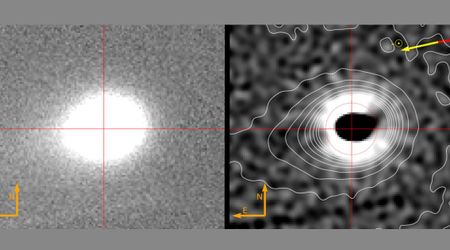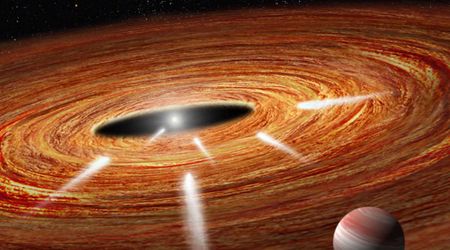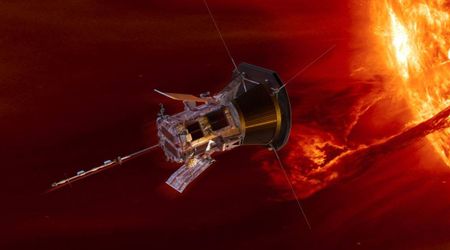First-ever radio signal from 3I/ATLAS detected—confirming typical comet activity
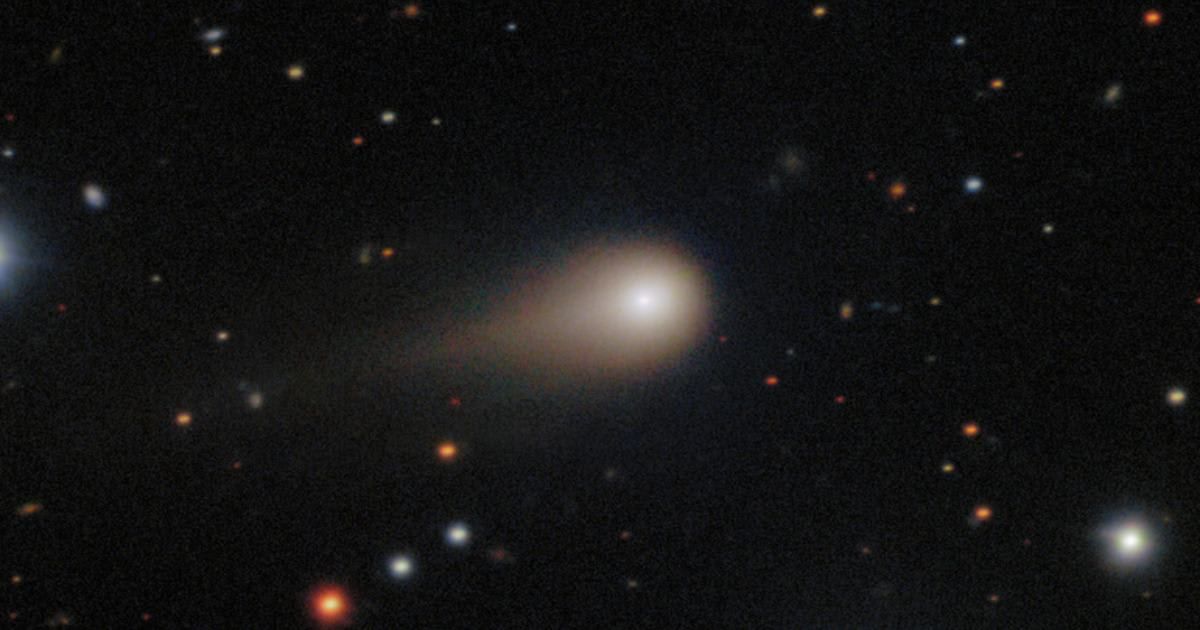
There has been much talk about the possibility of the interstellar comet 3I/ATLAS being an alien mothership or alien technology. However, the MeerKAT radio telescope, operated by the South African Radio Astronomy Observatory, came out with new evidence confirming that the object showed typical comet activity. Radio absorption lines by hydroxyl radicals, namely OH molecules, were detected from the interstellar object 3I/ATLAS. "OH absorption was detected on the 1665 MHz and 1667 MHz lines," explained a report by D.J. Pisano and collaborators posted on The Astronomer’s Telegram, revealing the detection.
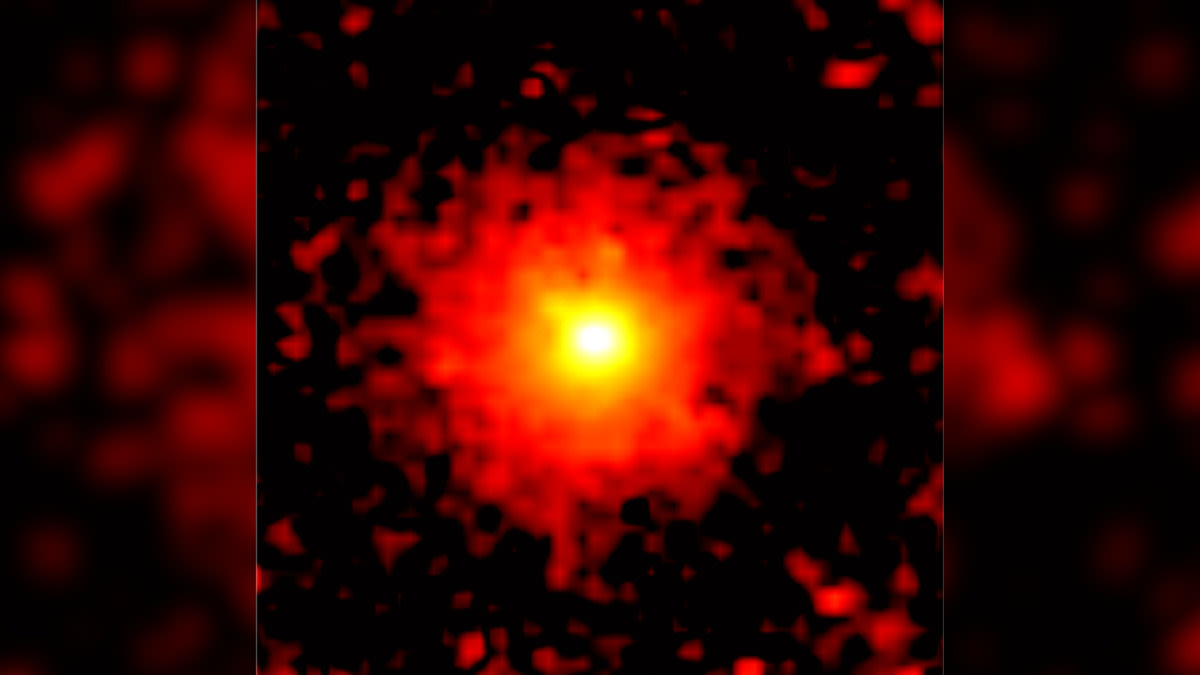
This signal was unlike spacecraft transmissions and was a radio-frequency pattern detected by 64 antennas, each with a 13.5-meter diameter. Lines of radio absorption by hydroxyl radicals, or OH molecules, are a pattern consistent with usual comet activity. Per WIRED, the lines appeared as absorption because 3I/ATLAS was very close to the sun, an observation vantage that favored absorption over emission. At the closest distance from the Sun, sublimation ejected more ice into space, receiving greater radiation, an aspect that also led to a change in its trajectory.

The hydroxyl radical (OH) is capable of absorbing or emitting radiation at particular frequencies from a transition in energy levels. In this case, the 1665 and 1667 MHz lines. OH spectral lines “glow” brightly under conditional radio frequencies and helped map star and water-born regions. These spectral lines have been previously detected in nebulae, comets, and star-forming regions.
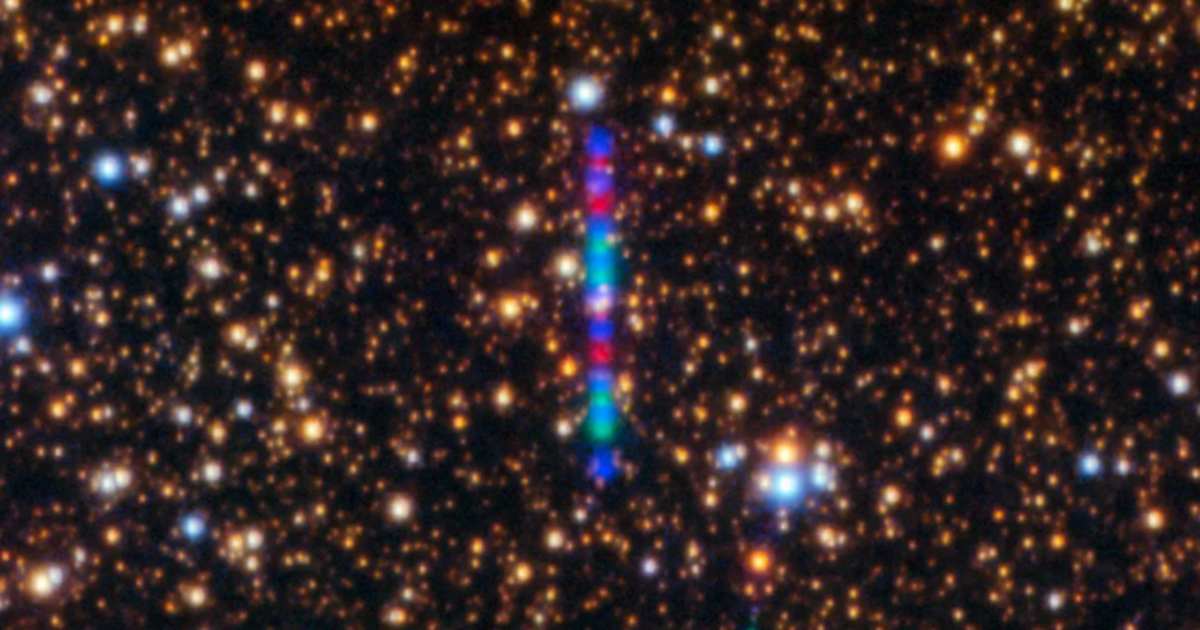
The observation by MeerKAT was made on October 24, 2025, when the angular separation of 3I/ATLAS from the Sun was 3.76 degrees. Attempts to detect these lines with the telescope were previously unsuccessful on September 20 and 28, 2025. On October 21, 2025, a few days before the observation, the object was close to the orbital plane of the Earth around the Sun, putting it at a solar conjunction relative to Earth.

“Five weeks ago, I encouraged radio observatories like MeerKAT to search for radio emission from 3I/ATLAS, given that the arrival direction of 3I/ATLAS coincided to within 9 degrees with the arrival direction of the Wow! Signal detected in 1977 at a frequency of 1.4204556 gigahertz,” Harvard astronomer Loeb mentioned in his Medium blog. “In response, I was assured that 3I/ATLAS will be monitored by radio observatories like MeerKAT,” he added. Continued monitoring of the object will identify whether the OH production is constant or intermittent.
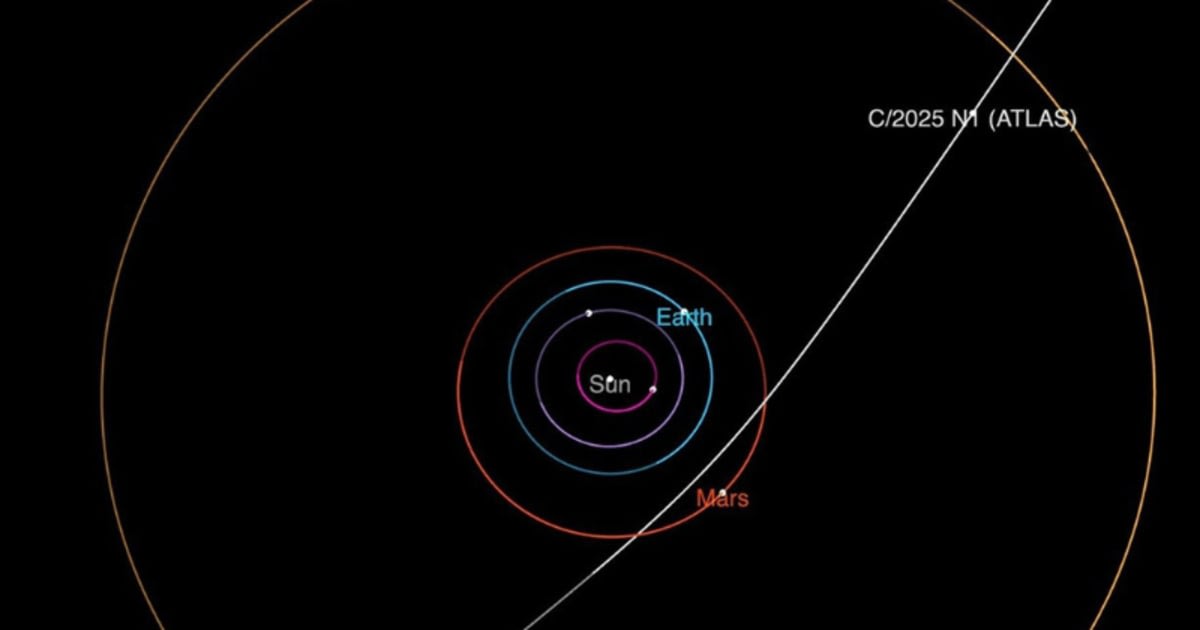
There has been no other signal detected apart from the OH absorption signal, and the nature of this is also dependent on other factors. The extent and structure of the tail could be one such aspect, given its formation and reaction to radiation. The trajectory of the comet is being closely studied by experts, and on December 19, 2025, it will be at its closest point to Earth.
More on Starlust
Massive tail and anti-tail jets reveal unexpected structure of interstellar comet 3I/ATLAS
